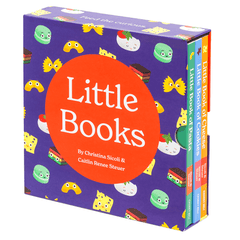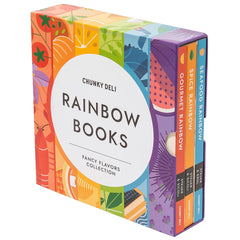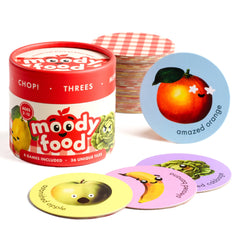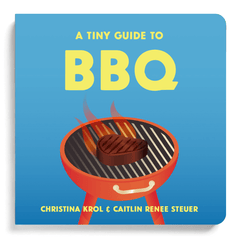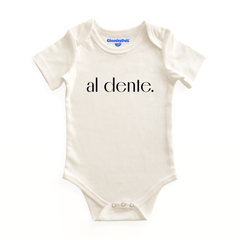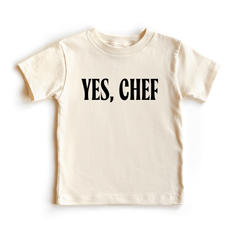Bringing a new baby home is an incredible, whirlwind experience. Amidst the late-night feedings and endless cuddles, you're also a front-row observer to your baby's incredible development. One of the most fascinating things to watch is the growth of their senses, especially their vision.
You might have noticed that your newborn seems most captivated by simple, bold patterns; particularly in black and white. This isn't just a coincidence; it's a key part of their visual and brain development. That's where high-contrast toys for infants come in.
In this guide, we'll dive into the science behind why black and white are the best colors for your newborn's developing eyes and how you can use high-contrast toys to give them a head start.
The Science of Newborn Vision: A World in Black and White
When a baby is born, their vision is still very blurry and underdeveloped. They can't see the world in the vibrant, colorful way we do. Their retinas, the light-sensitive tissue at the back of the eye, are not yet fully mature.
At this stage, newborns can only see things that are about 8-12 inches away—roughly the distance from your face to theirs when you're holding them. They also have a very limited ability to distinguish between colors. The world for them is a blurry landscape of shades of gray.
However, they are very good at detecting the difference between light and dark. This is why bold, stark patterns—like black and white stripes, polka dots, or checkerboards—are so compelling. These patterns create a sharp, clear contrast that is much easier for their still-developing brains to process.
Newborn Visual Stimulation for a Smarter Brain
Providing your newborn with newborn visual stimulation is more than just a fun activity; it's a vital part of their cognitive development. By focusing on high-contrast patterns, a baby's brain is working hard to create and strengthen the neural pathways responsible for vision.
This early stimulation helps improve:
-
Focus and Tracking: As your baby's eyes follow a high-contrast toy, they are building the muscles and neural connections needed for smooth, coordinated eye movements.
-
Brain Development: The visual information from these patterns sends strong signals to the brain, helping to organize and wire it for future learning.
-
Attention Span: High-contrast images can hold a newborn's attention for a surprising amount of time, a precursor to longer periods of concentration as they grow.
Your Guide to High-Contrast Products
There are many wonderful and simple ways to incorporate high-contrast visuals into your baby's day.
-
Black and White Sensory Cards: These are a fantastic and easy-to-use tool. Simply prop them up near your baby during supervised playtime or place them in their car seat for a quick visual treat. Look for cards with a variety of bold geometric shapes and patterns.
-
High-Contrast Books: Soft, fabric books or board books with simple black-and-white illustrations are perfect for early "reading" sessions.
-
Mobiles: A mobile with high-contrast shapes can be a mesmerizing addition to a crib, encouraging your baby to look up and track movement.
-
Soft Toys: Look for soft toys with bold, graphic patterns that are easy for tiny hands to grasp later on.
The Power of Tummy Time Benefits with High-Contrast Art
Tummy time is a crucial activity for developing your baby's neck, shoulder, and core muscles. It's also the perfect time to introduce high-contrast stimulation.
Instead of just placing your baby on their tummy on a plain mat, try these tips:
-
Lay Cards Down: Place several black and white sensory cards in an arc in front of your baby, just out of reach. This will encourage them to lift their head and look around.
-
Use a High-Contrast Mat: Many play mats are designed with black and white patterns for this very reason.
-
Place a Mirror: A shatterproof baby mirror is a great tool. Your baby will be fascinated by their own reflection, especially in a black and white frame.
By combining tummy time with high-contrast visuals, you're not only strengthening their body but also stimulating their growing brain.
What to Look For When Buying High-Contrast Toys
When you're ready to start building your newborn's high-contrast collection, keep these things in mind:
-
Safety First: Ensure any toys or cards are made from non-toxic materials and are free of small parts that could be a choking hazard. Look for products that are easy to wipe clean.
-
Durability: Babies are tough on their toys! Choose products that can withstand chewing and being tossed around.
-
Variety of Patterns: A good collection will feature different patterns, from stripes and spirals to polka dots and zig-zags, to keep your baby's interest.
Ready to give your newborn's vision a head start? Our Chunky Deli Pasta Art Cards were designed by an art therapist specifically for this purpose. They're the perfect, safe, and engaging way to support your baby's visual and cognitive development. Shop Now to add this essential tool to your newborn's toy collection.



